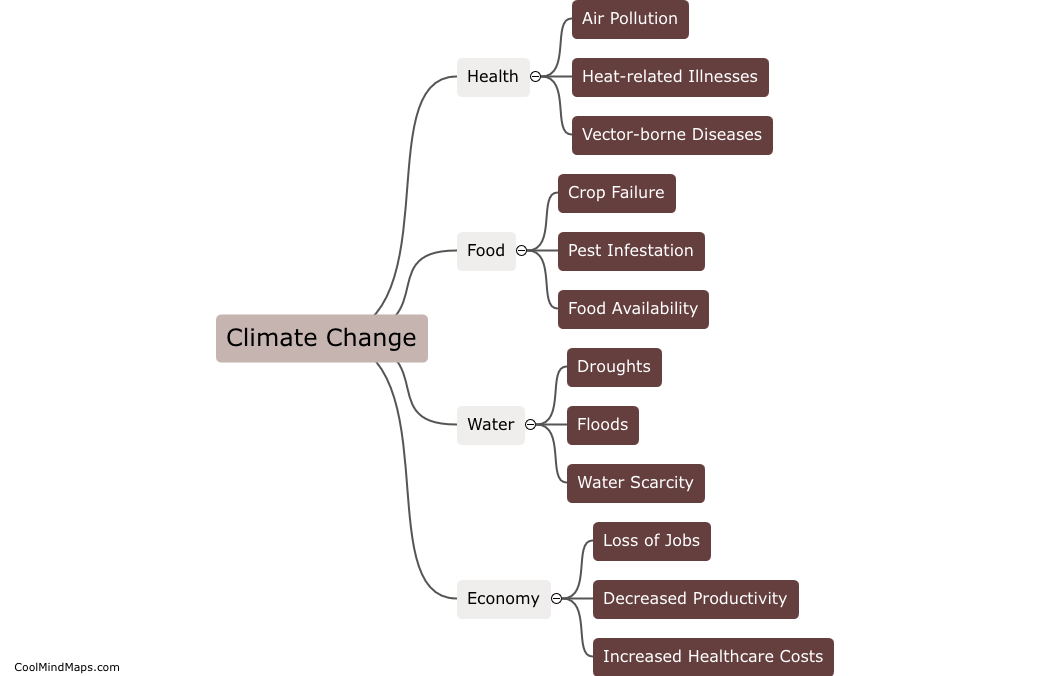How can genetic algorithm be used in selecting the suitable structural design for biological architecture?
Genetic algorithms (GAs) can be employed in selecting the suitable structural design for biological architecture by mimicking the principles of natural selection and evolutionary processes. Through a genetic algorithm, a population of potential structural designs is created and evaluated based on specific criteria such as strength, efficiency, and aesthetics. The designs are represented as individuals in the population, with their characteristics encoded as chromosomes. The genetic algorithm utilizes a combination of selection, crossover, and mutation to evolve the population over multiple generations. By applying selection pressure based on fitness scores, the algorithm favors designs that meet the desired criteria. Through iterations, the designs continue to evolve and improve, converging towards more suitable and optimal solutions for biological architecture. Overall, genetic algorithms provide a systematic and iterative approach to selecting the best structural design by leveraging the power of evolutionary processes.

This mind map was published on 19 November 2023 and has been viewed 87 times.











